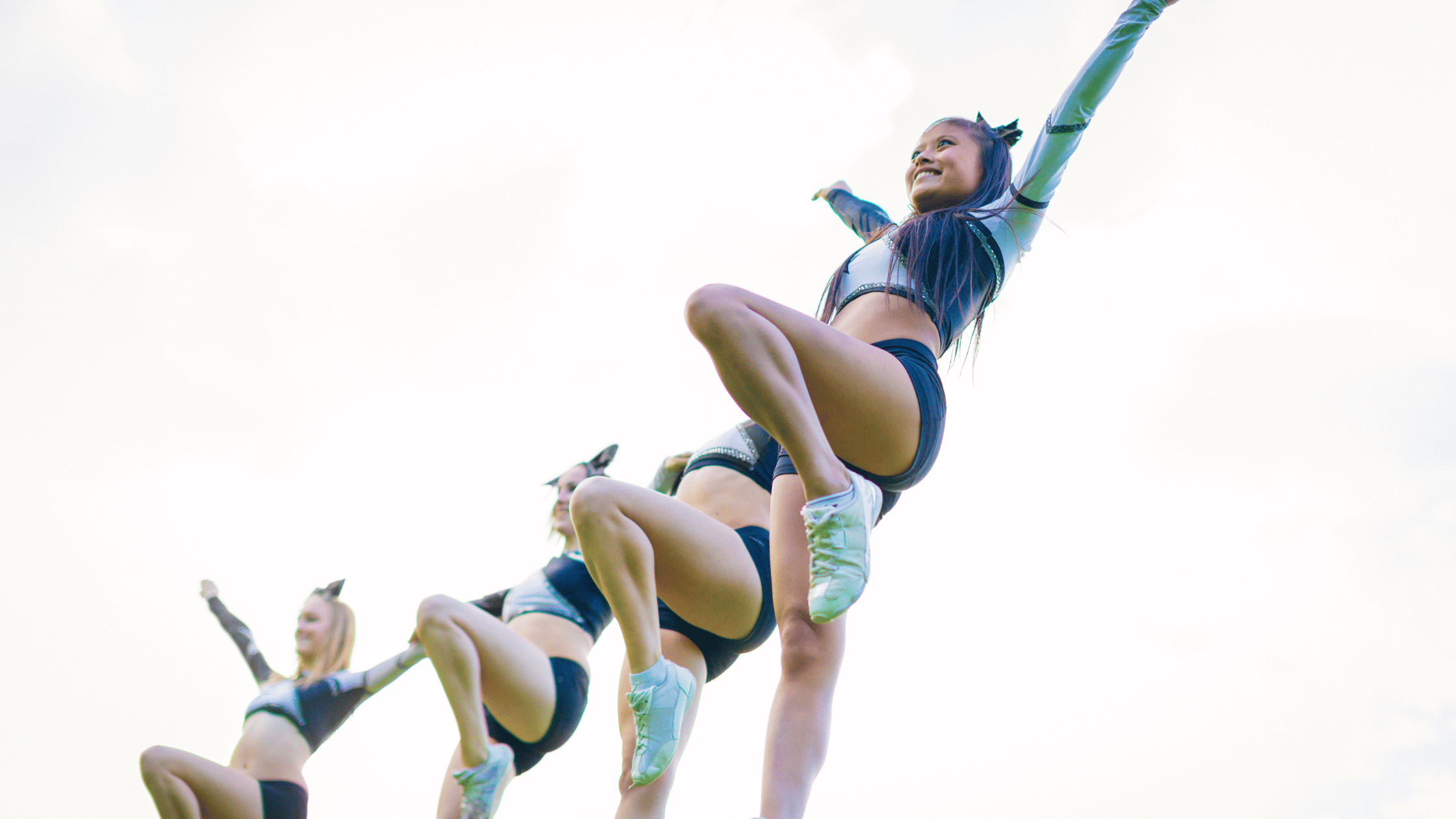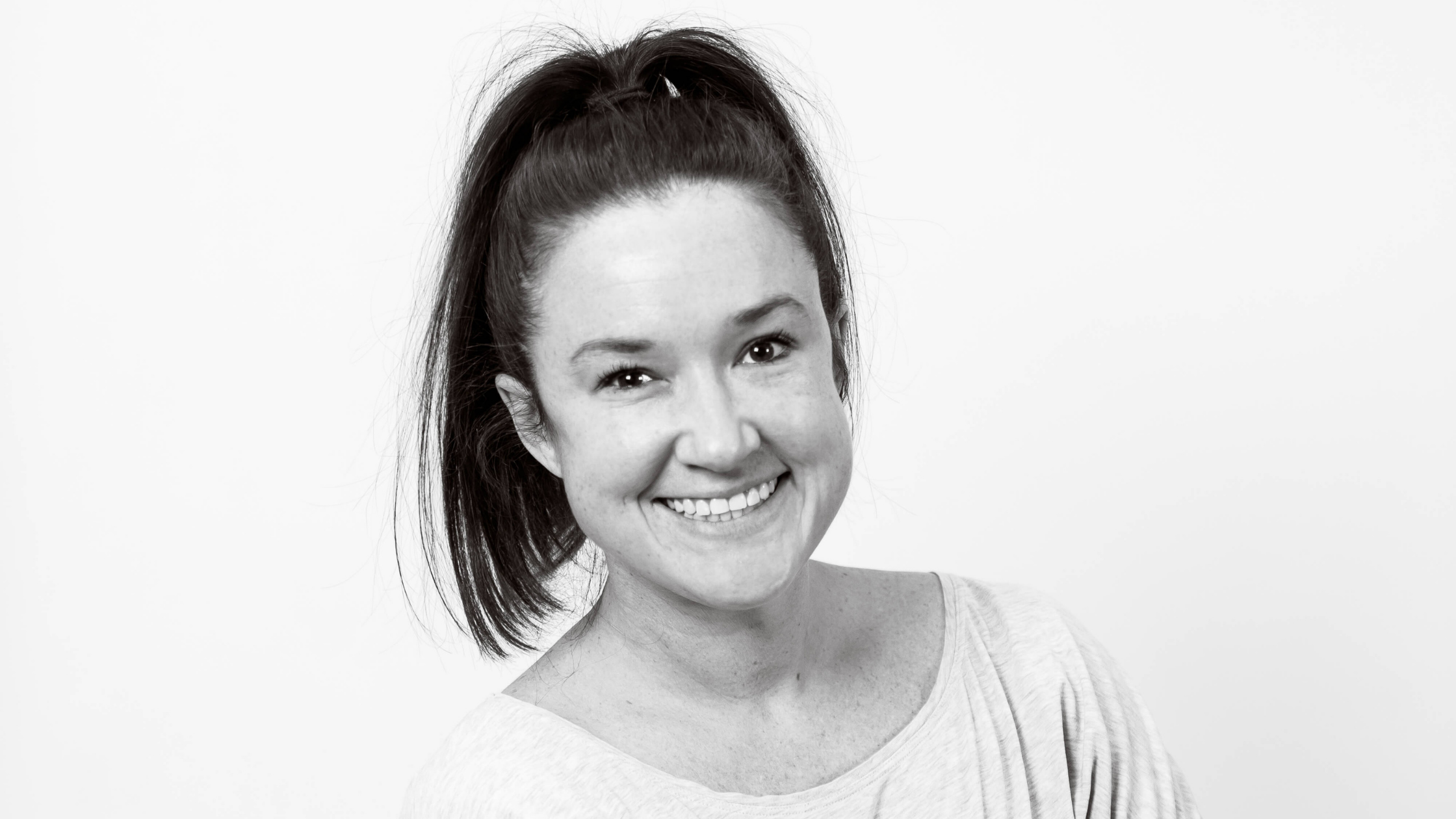Goal-Setting for Competitive Cheerleaders: A Guide to Realistic Goals

Licensed Physical Therapist, PT, DPT // Dry Needling Certified // Orthopedic Certified Specialist // EW Motion Therapy Homewood
Competitive cheerleading is a dynamic and demanding sport that requires not just physical strength and agility but also a strong mental game. It's an activity that combines elements of gymnastics, dance, and teamwork, all choreographed to create an enthralling performance. In such a high-stakes environment, setting realistic goals is paramount. It helps athletes focus their efforts, improve performance, and maintain motivation. In this guide, we delve into the process of goal-setting for competitive cheerleaders, providing insights on establishing achievable objectives, preparing both mentally and physically before competitions, and revisiting goals post-competition.
Understanding realistic goal-setting in competitive cheerleading
Realistic goal-setting is crucial for competitive cheerleaders. It enables athletes to chart a clear path toward their objectives, breaking down the journey into manageable steps. When goals are attainable, they encourage consistent effort and progress, boosting confidence and motivation. However, setting goals that are too ambitious or too vague can lead to frustration and burnout. Therefore, it's important for cheerleaders to find a balance, setting goals that are challenging yet achievable, with clear metrics for success.
Effective goal-setting involves specificity, measurability, attainability, relevance, and time-bound criteria—often referred to as SMART criteria. For competitive cheerleaders, this could mean setting specific performance targets, such as mastering a new stunt or improving jumps by a certain date. Goals should be quantifiable to track progress and realistic to ensure they are within the athlete's capabilities while still providing a challenge. They should also be relevant to the individual's and the team's overarching objectives, with a clear timeline for achievement.
The goal-setting process can be challenging, especially when trying to balance ambition with practicality. Fortunately, cheerleaders do not have to navigate this journey alone. There are several resources and strategies available to help athletes set achievable objectives and stay on track.
Seeking guidance in goal-setting
Coaches
Coaches play a pivotal role in helping cheerleaders set and achieve their goals. With their experience and understanding of the sport, coaches can provide valuable insights into what is realistic and attainable. They can help athletes assess their current skills, identify areas for improvement, and set specific, measurable, achievable, relevant, and time-bound (SMART) goals. Cheerleaders should openly communicate their ambitions and concerns with their coaches, allowing for a collaborative approach to goal-setting.
Experienced team members
In addition to coaches, experienced team members can serve as mentors to less experienced cheerleaders. These individuals have often gone through similar challenges and can offer practical advice and encouragement. Mentorship can help newer athletes set realistic expectations, understand the demands of competitive cheerleading, and develop strategies for overcoming obstacles. Building a mentor-mentee relationship within the team can foster a supportive environment where all members feel empowered to reach their full potential.
Educational workshops and clinics
Many gyms, schools, and cheer organizations offer workshops and clinics focused on various aspects of cheerleading, including goal-setting. These sessions provide valuable information and tools to help cheerleaders set effective goals. Attending these workshops can also offer the opportunity to ask questions and learn from the experiences of others. Cheerleaders should take advantage of these resources to enhance their understanding of effective goal-setting strategies.
Online resources
The internet is a vast resource for cheerleaders seeking guidance on goal-setting. There are numerous websites, blogs, and online forums dedicated to cheerleading where athletes can find tips, templates, and advice on setting and achieving goals. Additionally, goal-setting apps can help cheerleaders track their progress, set reminders, and stay motivated. Utilizing these online resources and tools can provide cheerleaders with the structure and support they need to pursue their objectives effectively.
Building a supportive community
Goal-setting should not be a solitary endeavor. Cheerleaders can benefit from sharing their goals with teammates and working together to achieve collective objectives. By fostering a culture of open communication and mutual support, team members can help each other stay accountable and motivated. Celebrating each other's successes and offering encouragement during setbacks can strengthen team bonds and boost individual and group morale.
Additionally, the support of family and friends can be invaluable for cheerleaders working towards their goals. Loved ones can provide encouragement, listen to concerns, and celebrate achievements. Cheerleaders should share their goals and progress with their support network, as this can help maintain motivation and provide a sense of accountability. Having a supportive circle can make the journey towards achieving goals less daunting and more enjoyable.
For competitive cheerleaders, setting realistic goals is essential for growth and success in the sport. While the process can be challenging, cheerleaders do not have to face it alone. By seeking guidance from coaches and mentors, utilizing educational resources and tools, and building a supportive community, cheerleaders can navigate the path to achieving their goals with confidence. Remember, the journey of improvement is continuous, and every step taken toward a goal, no matter how small, is a step toward success. With the right support and a clear vision, cheerleaders can reach new heights and achieve their dreams.
Pre-competition preparation and goal-setting
Mental and physical readiness
Before a competition, it's essential for cheerleaders to be in peak physical and mental shape. This involves regular practice, strength training, and flexibility exercises, as well as mental preparation techniques such as visualization and positive self-talk. Athletes should set goals related to their preparation routines, ensuring they are putting in the necessary work to perform their best. A physical therapist can be an excellent professional to determine whether a cheerleader can perform the skills required for their position on the team. Mental readiness goals might include developing a pre-competition ritual or using visualization to rehearse routines mentally.
Team synergy and individual contributions
In competitive cheerleading, team cohesion is just as important as individual skill. Setting goals around team synergy, such as improving communication or enhancing skills, can amplify overall performance. Cheerleaders should also consider their individual contributions to the team, setting personal performance goals that align with team objectives. This dual focus ensures that every member is working toward common goals, fostering a supportive and unified team environment.
Post-competition evaluation and goal adjustment
Analyzing performance and outcomes
After a competition, it's vital for cheerleaders to reflect on their performance, regardless of the outcome. This involves reviewing routines, identifying strengths and areas for improvement, and assessing whether pre-competition goals were met. Honest and constructive self-evaluation helps athletes understand their performance and informs future goal-setting. It's important to celebrate achievements and learn from mistakes, using these insights to set new, more refined goals.
Revising and setting new goals
Post-competition is an opportune time for cheerleaders to revise their goals based on their performance and experiences. This may involve adjusting difficulty levels, focusing on different skills, or setting new performance benchmarks. It's also a time to set new goals for upcoming competitions, applying lessons learned from past performances. By continuously reassessing and updating their goals, cheerleaders can maintain their motivation and continue to grow as athletes.
Setting realistic goals is a continuous process critical to competitive cheerleaders' success. By understanding the principles of effective goal-setting, preparing thoroughly before competitions, and thoughtfully evaluating and adjusting goals afterward, cheerleaders can enhance their performance, motivation, and satisfaction with their sport. Remember, the journey of improvement is ongoing, and every goal achieved is a step closer to becoming the best athlete and teammate you can be.
Competitive cheerleading is not just about the skills you perform; it's about setting goals, overcoming challenges, and celebrating every victory, no matter how small. By setting realistic goals, cheerleaders can navigate the highs and lows of competition with grace and resilience. We love helping our cheerleaders at EW Motion Therapy set realistic goals for their skill progression so they can prevent injury and continue to compete at an optimal level. If you want to learn more about how physical therapy can help cheerleaders work toward their goals, click the button below to download our answers to 20 frequently asked questions.


